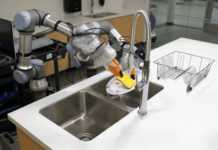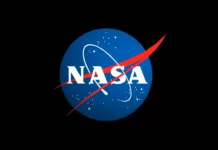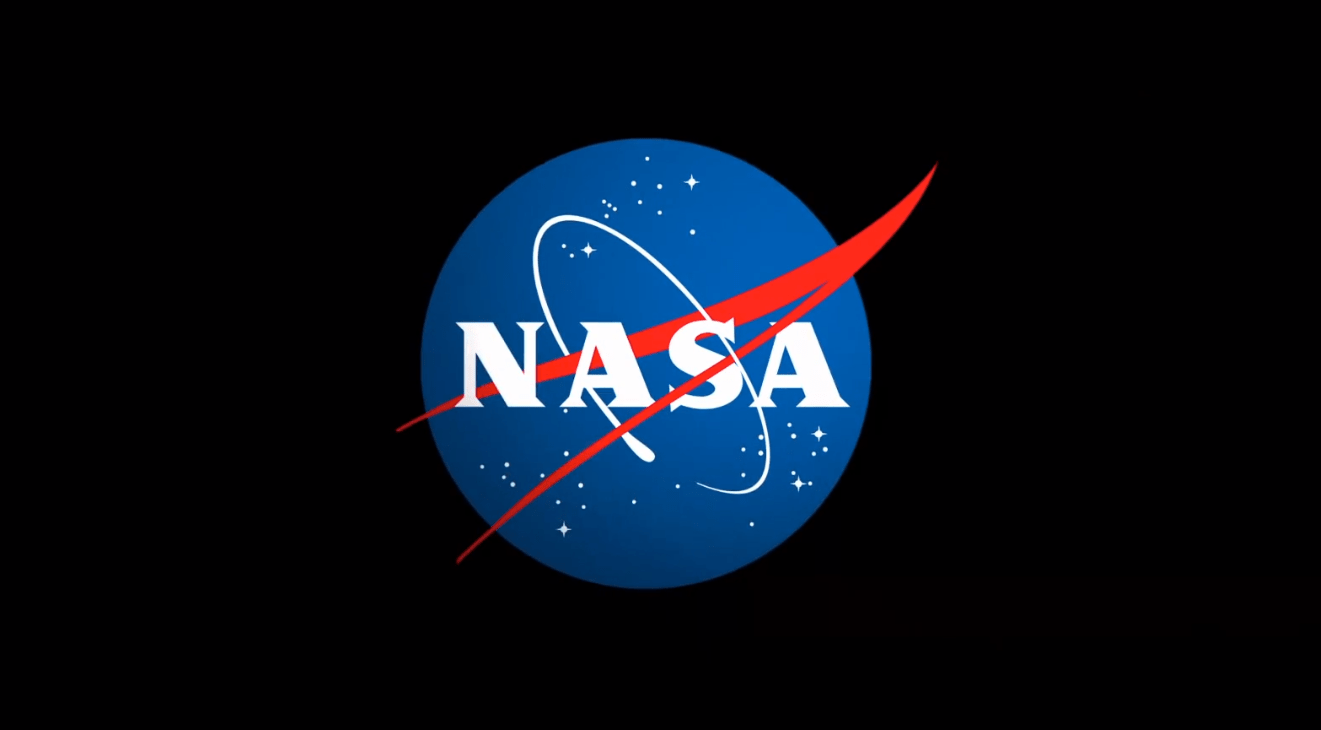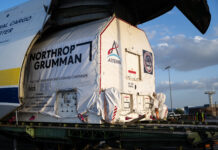Exploring New Frontiers: A Comprehensive Overview of the 62nd Annual Goddard Space Science Symposium
The 62nd Annual Goddard Space Science Symposium is set to usher in a new era of space exploration and scientific discovery. Scheduled from Wednesday, March 19, to Friday, March 21, this prestigious event will take place at Martin’s Crosswinds in Greenbelt, Maryland, and will also be accessible through online streaming, allowing global participation. Hosted by the American Astronautical Society (AAS) in partnership with NASA’s Goddard Space Flight Center, the symposium aims to explore the dynamic and evolving landscape of space science and exploration.
Bridging Gaps: Public and Private Sector Collaboration
The theme for this year’s symposium, “Pathways and Partnerships for U.S. Leadership in Earth and Space Science,” underscores the vital role of collaboration between public institutions and private enterprises. This collaborative approach is essential for maintaining and enhancing the United States’ position as a leader in space endeavors. The symposium serves as a platform for leading experts from NASA, governmental bodies, academia, and industry to come together, share insights, and strategize on the future trajectory of space exploration.
In an era where the complexity of earth and space sciences is ever-increasing, the involvement of both public and private entities is crucial. Christa Peters-Lidard, co-chair of the symposium planning committee and Goddard’s director of sciences and exploration, expressed enthusiasm about the event. She highlighted the symposium’s role in shaping the future direction of space exploration by gathering insights from a diverse array of experts.
Inaugural Sessions: Setting the Stage for Exploration
The symposium will kick off on March 19 with opening remarks from AAS President Ron Birk and Goddard Deputy Center Director Cynthia Simmons. The inaugural sessions will delve into enabling science and exploration from the Moon to Mars, with discussions on navigating space science and exploration policy. These sessions aim to address the challenges and opportunities in expanding human presence beyond Earth.
Greg Autry, the associate provost for space commercialization and strategy at the University of Central Florida, will deliver the keynote address. His speech is expected to provide valuable insights into the commercialization of space exploration, highlighting the intersection of policy, technology, and market forces. The first day will conclude with an industry night reception, fostering networking opportunities among attendees.
Day Two: Economic Leadership and Scientific Endeavors
The second day, March 20, is set to focus on enhancing U.S. economic leadership through scientific advancements. Panels will discuss the Habitable Worlds Observatory, a crucial initiative aimed at identifying potentially habitable planets beyond our solar system. Additionally, the confluence of public science and the private sector will be explored, examining how these collaborations can drive innovation and economic growth.
Gillian Bussey, deputy chief science officer for the U.S. Space Force, will be the luncheon speaker. Her address is anticipated to shed light on the role of the Space Force in advancing scientific research and development, emphasizing the importance of a cohesive strategy in space endeavors.
Final Sessions: Integrating Data and Advancing Science
The third and final day, March 21, will feature discussions on integrating multi-sector data to advance Earth and space science. This approach is pivotal in leveraging data from various sectors to enhance our understanding of complex scientific phenomena. Panels will also cover the Heliophysics Decadal Survey, providing insights into the future of solar and space physics research, and the space weather enterprise, which focuses on understanding and mitigating the effects of space weather on technological systems.
Mark Clampin, acting deputy associate administrator for the NASA Science Mission Directorate, will deliver the luncheon address. His speech is expected to highlight the critical role of data integration in advancing scientific research and addressing global challenges.
A Broader Perspective: The Importance of the Symposium
The Goddard Space Science Symposium is more than just a gathering of experts; it is a catalyst for innovation and progress in space science. By bringing together diverse perspectives from across the space community, the symposium fosters an environment of collaboration and knowledge-sharing. This collective effort is essential for addressing the complex challenges facing the field of space exploration and ensuring continued U.S. leadership in this critical area.
Moreover, the symposium provides an opportunity for emerging professionals and students in the field to engage with seasoned experts, gain insights into current research, and explore potential career paths. This exchange of ideas and experiences is invaluable for nurturing the next generation of space scientists and explorers.
Looking Ahead: The Future of Space Exploration
As we look to the future, the importance of events like the Goddard Space Science Symposium cannot be overstated. They serve as a reminder of the power of collaboration and innovation in pushing the boundaries of what is possible. By fostering partnerships between public and private sectors, encouraging data integration, and promoting interdisciplinary research, the symposium lays the groundwork for a future where space exploration continues to thrive.
In conclusion, the 62nd Annual Goddard Space Science Symposium is poised to be a landmark event in the field of space science. By bringing together leaders from across the space community, the symposium will undoubtedly play a pivotal role in shaping the future of space exploration, ensuring that the United States remains at the forefront of this exciting frontier. For those interested in the future of space science, the symposium offers a unique opportunity to engage with leading experts and contribute to the ongoing dialogue surrounding the future of space exploration.
For more Information, Refer to this article.


































